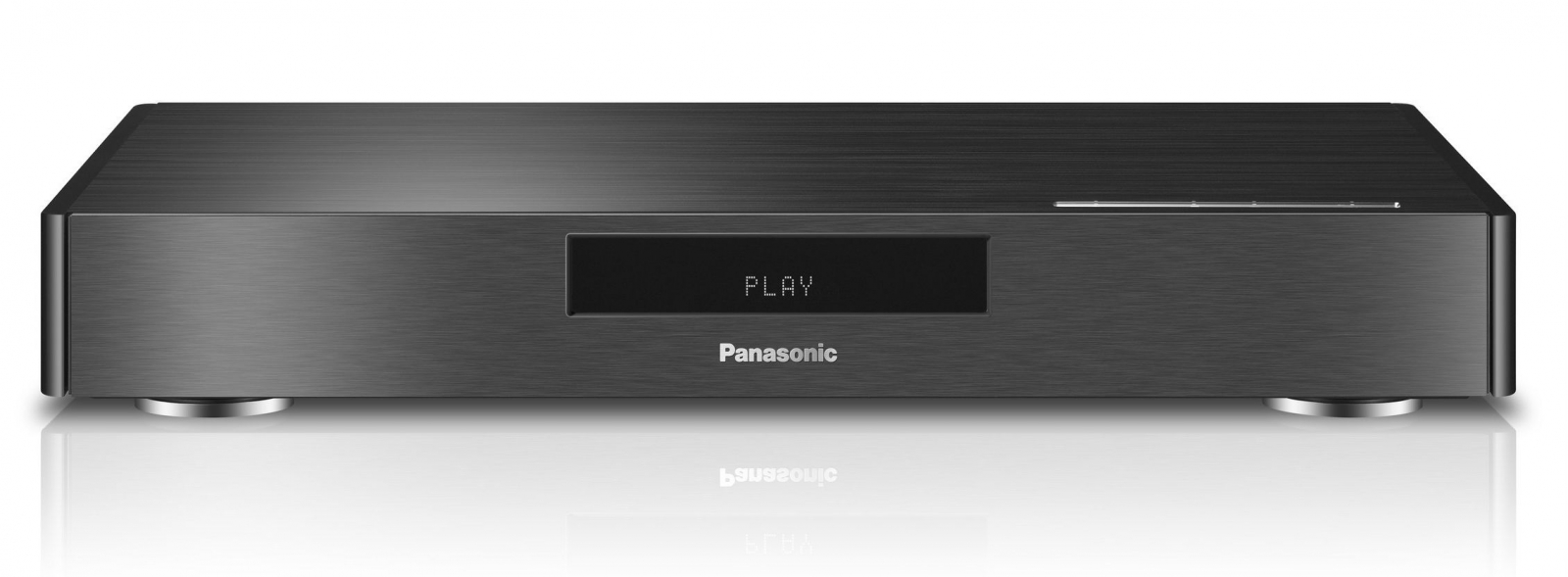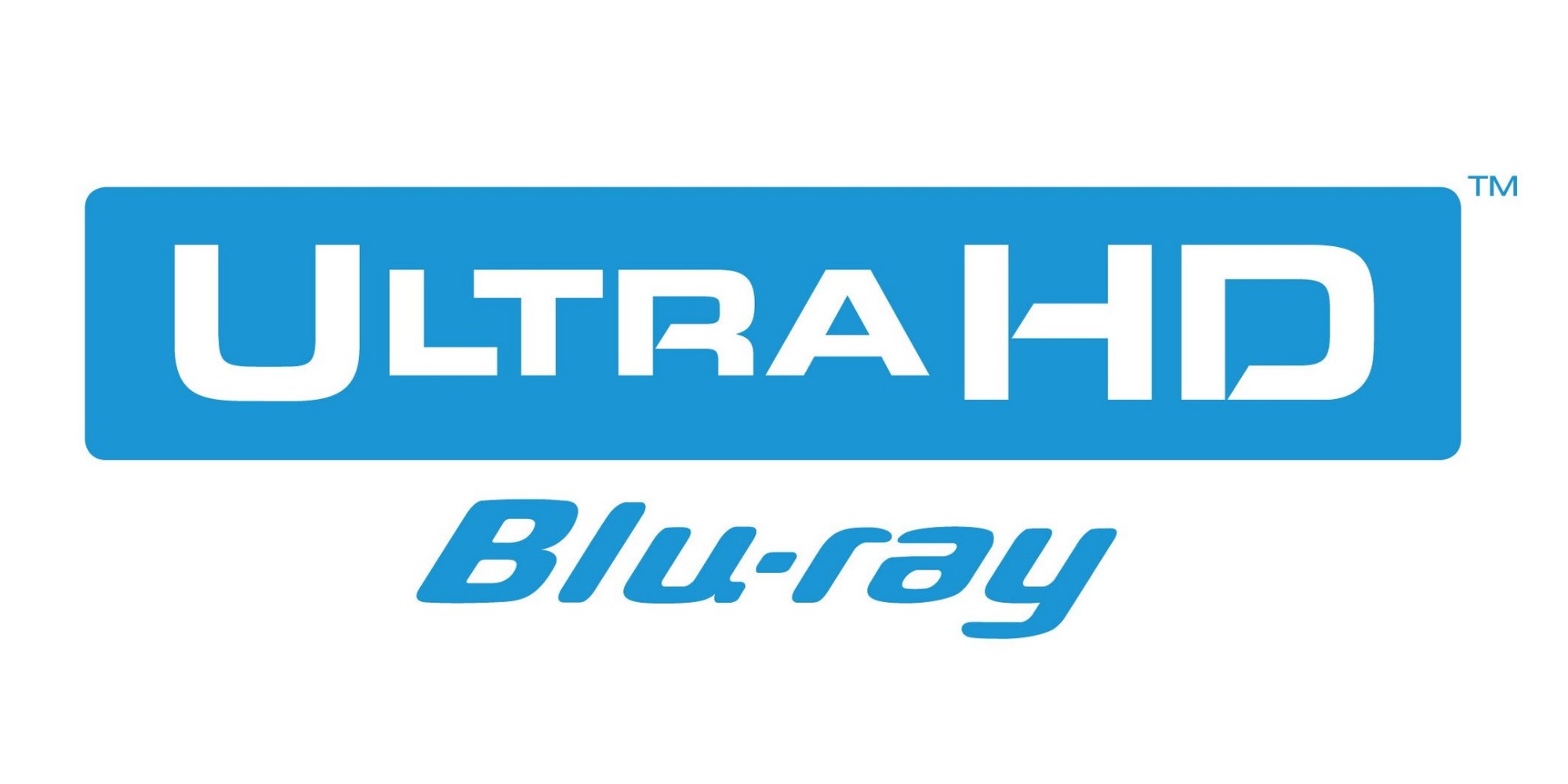4K, HDR & Digital Copies - The Ultra HD Blu-ray Arrives in 2016

Big events are known to cast their shadows ahead, so it's hardly surprising that one of the dominating topics of CES in Las Vegas (January 6-9, 2016) was already known weeks in advance. After all, it was clear during the last IFA where the (home theater) journey was heading: 2016 is expected to be the year of Ultra HD Blu-ray. But what innovations does this format bring, what do you need to use it, and is it really worth it? Here are the most important answers: Since 2013, TVs with 4K resolution have been available to buy, but apart from your own photos, there has hardly been any way to take advantage of the massive 3,840 x 2,160 pixel resolution, simply because the sources were missing. That’s set to change in 2016, most likely already in the first months of the year. That’s when the first players will be available that can play discs conforming to the new Ultra HD Blu-ray standard. The name says it all—it’s all about bringing movies in high resolution to home theaters and living rooms, without having to max out your internet connection for streaming. An Ultra HD video has four times as many pixels per frame as a conventional Full HD movie and therefore also requires more storage space. And since a few other storage-hungry new features (more on that later) have been integrated into the standard, there was a need for a storage medium that could hold this amount of data and read it with sufficiently high bandwidth. For this, the Blu-ray Disc Association (BDA), responsible for the standard, has specified dual- or triple-layer optical discs with 66GB or 100GB of storage capacity, supporting data rates of 108Mbit/s and 128Mbit/s.
3D only in Full HD, audio quality as with Blu-ray
That sounds like a lot of space, but according to the BDA, it still wouldn’t be enough for 3D movies with full 4K resolution per eye—which is why this isn’t even included in the standard. 3D remains part of the new specification, but only in Full HD resolution. In terms of sound, Ultra HD Blu-ray also doesn’t offer any improvement over the previous format. That’s not really a surprise, since with Dolby Atmos and DTS:X, two still quite new object-based audio formats are included, which leave no realistic wishes unfulfilled when it comes to the number of channels or sound quality. By the way: all players for Ultra HD Blu-ray will also be able to play regular Blu-rays.

HDR – more important than 4K resolution?
HDR has been a buzzword in the scene for years, and it will certainly dominate much of the CES coverage and fill the pages of the trade press afterwards. Some cynics claim that after Full HD, 3D, Ultra HD, etc., it’s simply the next marketing buzzword being pushed onto customers. But this technology truly has the potential to be a real revolution in TV, possibly delivering even greater image quality improvements than the Ultra HD pixel race. While the effect of higher resolution depends heavily on screen size and viewing distance, the higher dynamic range always delivers a noticeably improved picture quality. Put simply, HDR means a greater possible difference between the darkest and brightest spot in an image. And since this is mainly achieved by higher brightness in a TV, the image always looks immediately more brilliant. More importantly, the expanded dynamic range of HDR means that fine differences in brightness can be resolved and displayed much better. In other words: where a 'normal' 4K TV only shows a uniform black area, an HDR TV can still display visible details. For this to work, the entire chain has to be HDR-capable. This starts with the Blu-ray itself, as not all Ultra HD Blu-rays will likely have HDR video tracks at launch. To ensure full compatibility with older TVs, the HDR video information is attached to the normal image as supplemental data. So it’s up to the end device whether to display the movie in HDR or with normal dynamic range. All Ultra HD Blu-ray players, however, must be able to play HDR from the start. For this HDR information, the BDA has developed its own standard called 'BD HDR', with the comparable format Dolby Vision also supported.
Legal digital copies
But the BDA didn’t just focus on better picture quality when developing the standard; they also considered modern ways to use content. The specification includes what is called the 'Digital Bridge'. This is a special rights management feature that should make it possible to export movies purchased on Ultra HD Blu-ray to devices like tablets. Sounds great, but there’s a major catch: Digital Bridge is an optional feature, meaning it’s up to Blu-ray providers whether or not to offer it. So, it remains to be seen how this option will be taken up by studios and distributors, and whether it will be truly useful at all.
The last stand?
For a long time, it was unclear whether there would ever be a new optical storage medium for home theater after Blu-ray. Because of the data volumes and transfer rates needed, there was a lot of discussion about a kind of deposit model with exchangeable hard drives. And since it’s clear that the future belongs to digital content streaming services like Spotify and Netflix, things didn’t look good for a Blu-ray successor for a while. But all home theater fans who don’t just want to consume but also enjoy movies and show off their collections can breathe a sigh of relief for now. Ultra HD Blu-ray is definitely coming, and the list of planned releases (see below) is at least a good start. How long it will last, however, is another question.
Ultra HD Blu-ray: Planned releases
(As of January 3, 2016, without guarantee)

Mad Max: Fury Road
San Andreas
The Lego Movie
Pan
According to the announcement, all new releases in 2016 are also supposed to appear on Ultra HD Blu-ray
Fox:
The Martian
Hitman: Agent 47
Maze Runner: The Scorch Trials
Exodus: Gods and Kings
Kingsman: The Secret Service
X-Men: Days of Future Past
Life of Pi
The Maze Runner
Wild
Fantastic Four (currently only in the USA, since the rights in Germany are held by Constantin)
Sony:
The Amazing Spider-Man 2
Salt
Hancock
Chappie
Pineapple Express
The Smurfs 2

